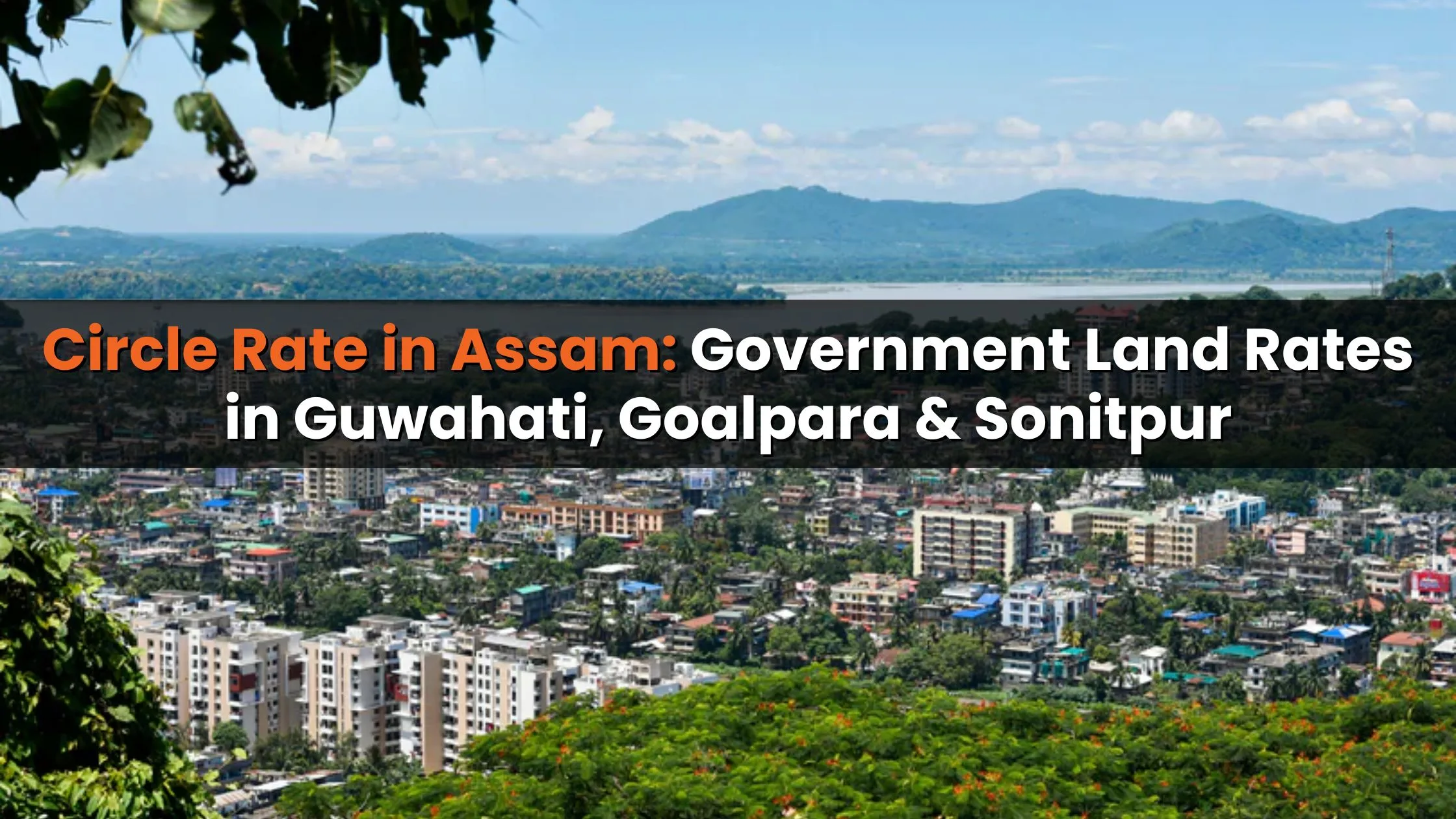Table of Content
In the newly introduced PM Surya Ghar Muft Bijli Yojana, the government plans to offer up to 300 units of complimentary electricity per month to one crore eligible beneficiaries. The scheme, backed by an investment of Rs 75,000 crore allocated by Finance Minister Nirmala Sitharaman in the Interim Budget 2024-25, aims to provide essential support.
"To advance sustainable development and improve people's welfare, we're introducing the PM Surya Ghar: Muft Bijli Yojana. This initiative, backed by an investment exceeding Rs 75,000 crore, endeavors to illuminate 1 crore households by offering up to 300 units of complimentary electricity each month," Prime Minister Narendra Modi announced on the micro-blogging site X. Modi encouraged all residential consumers, particularly young individuals, to avail themselves of the scheme.
Subsidy for residential households under PM Surya Ghar Muft Bijli Yojana
- Rs 30,000 per kilo watt up to 2 kW
- Rs 18,000 per kW for additional capacity up to 3 kW
Total subsidy for systems larger than 3 kW
Capped at Rs 78,000
Suitable rooftop solar plant capacity for households
| Average monthly electricity consumption (units) | Suitable rooftop solar plant capacity
|
Subsidy support
|
| 0-150 | 1-2 kW | Rs 30,000 to Rs 60,000 |
| 151-300 | 2-3 kW | Rs 60,000 to Rs 78,000 |
| Above 300 | Above 3 kW | Rs 78,000 |
Documents to apply for solar rooftop under
- Photograph of the beneficiary
- Aadhaar scanned copy
- Scanned copy of bank passbook
- Scanned copy of latest electricity bill
- Technical specifications details solar panels and invertors
- Site photographs after installation
- Copy of grid clearance/net meter installation certificate issued by DISCOM
- Joint inspection report
- Domestic content requirement report
Also Read: PMAY Pradhan Mantri Awas Yojana 2024: Affordable Housing Scheme for All | Latest Updates & Details
How to apply for PM Surya Ghar Muft Bijli Yojana?
Step 1: Visit the pmsuryaghar.gov.in portal and register. To register, provide the following details:
- Select your State
- Select your Electricity Distribution Company
- Enter your Electricity Consumer Number
- Enter Mobile Number
- Enter Email
Step 2: Login with your consumer number and mobile number. Apply for the rooftop solar as per the form.
Step 3: If all details are found correct, technical feasibility approval will be given from the Discom concerned. Wait for the feasibility approval from Discom. Once you get the feasibility approval, install the plant by any of the registered vendors in your DISCOM.
Step 4: Once installation is over, submit the plant details and apply for net meter.
Step 5: After installation of net meter and inspection by DISCOM, they will generate commissioning certificate from portal.
Step 6: Once you get the commissioning report. Submit the bank account details and a cancelled cheque through the portal. You will receive your subsidy in your bank account within 30 days.
Conditions
- The applicant must use their own mobile number and email ID for registration on the national portal. The applications having email id/ mobile number of the vendor would be rejected and such vendors would be blacklisted from further participation in the scheme.
- It must also be ensured that the electricity connection and bank account is in the name of the applicant, else the application would be rejected.
How much time would it take to get the subsidy?
Your claim will be approved within 30 days of the application.
Also Read: Japan commits 232.209 billion yen for 9 projects in India



_1767854635.webp)


_1767769068.webp)


Ans 1. The government plans to provide up to 300 units of free electricity every month to eligible people under a new scheme named the PM Surya Ghar Muft Bijli Yojana.
Ans 2. No, the daily energy generation from the RTS shall be dependent on the temperature and solar irradiance among other parameters and these may not be same every day.
Ans 3. All solar PV systems generate power only during daytime when sun is available. In net metered systems, the generated power is utilised for self-consumption, and excess power is exported to the grid as long as grid is available. In case, where solar power is not sufficient due to cloud cover etc., power is drawn from the grid to power the loads.
Ans 4. In gross metering, the power generated from the Rooftop Solar plant is only fed to the grid. The system owner gets paid by the DISCOM for such exported power at a pre-decided tariff.
Ans 5. No. The consumer has to pay the balance amount after deducting the subsidy (eligible CFA) from the L1 project cost discovered by DISCOMs.